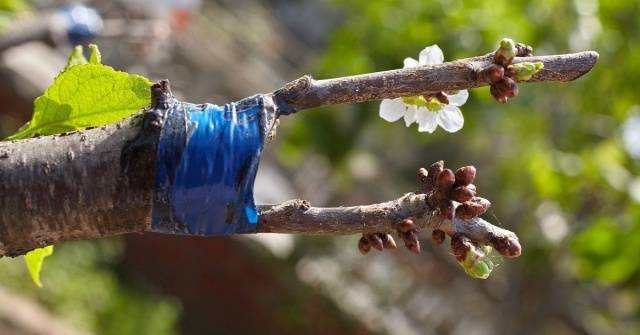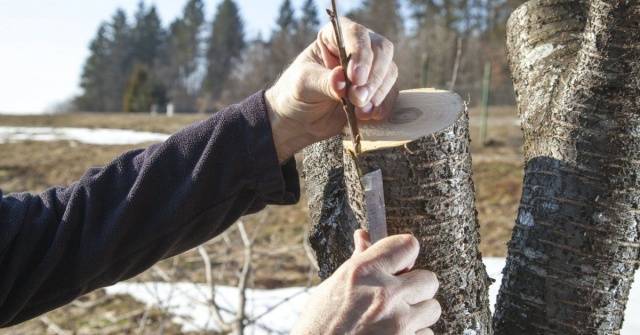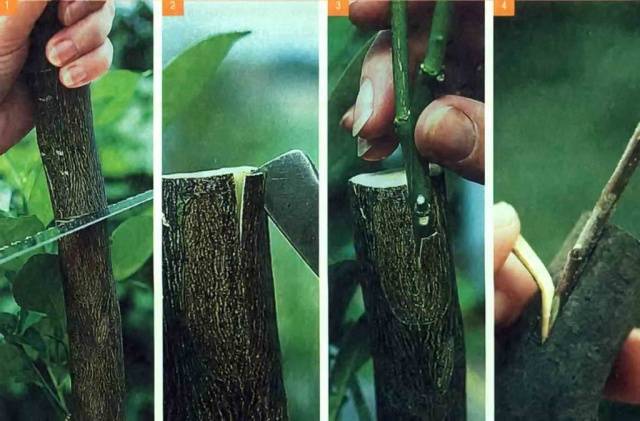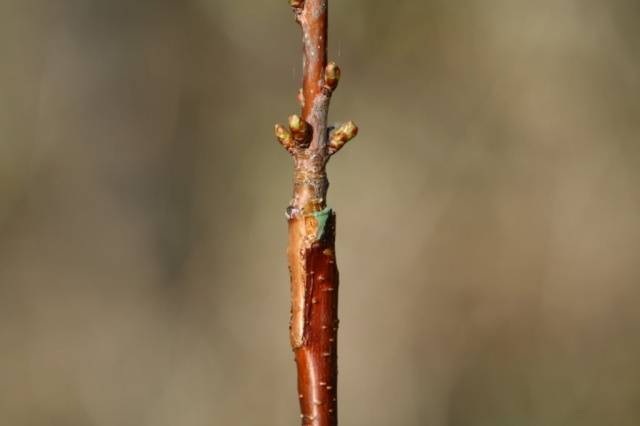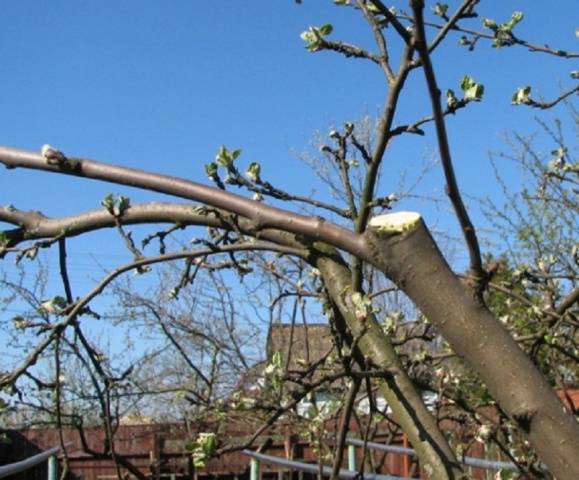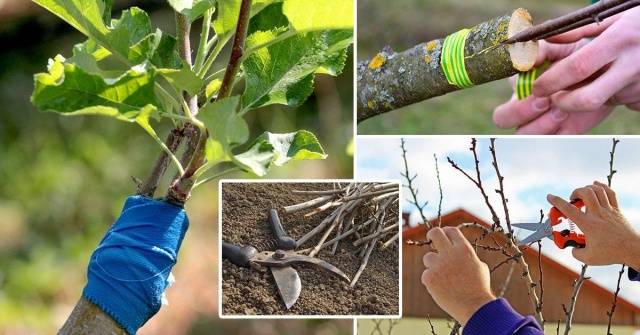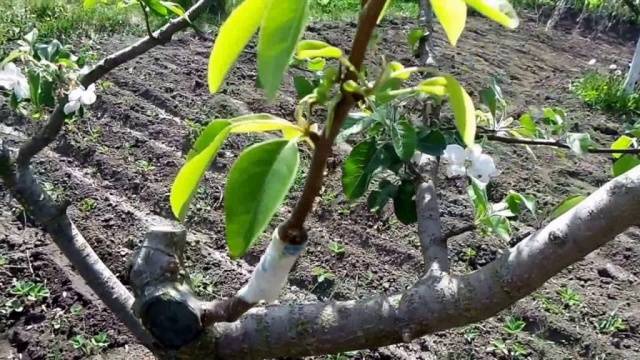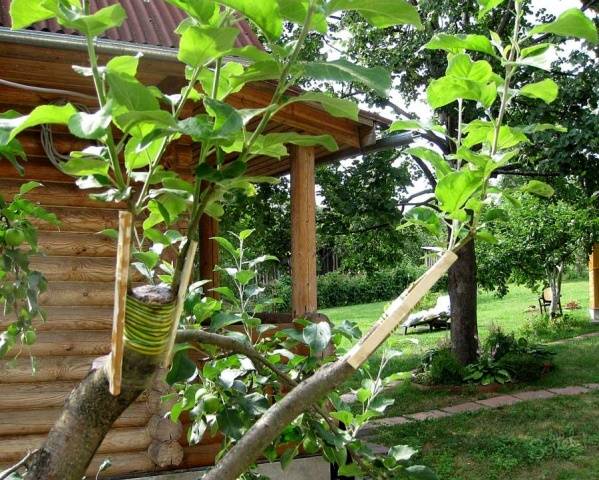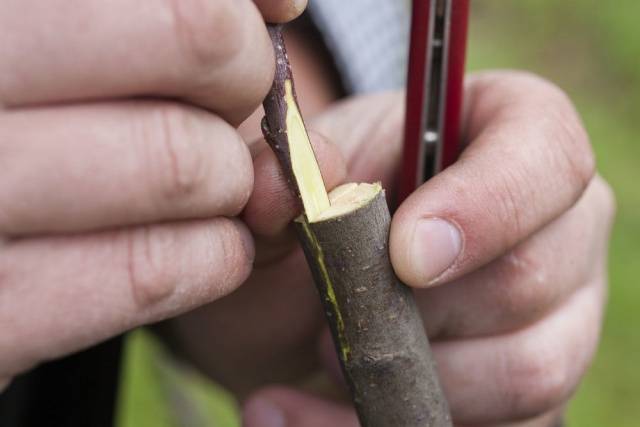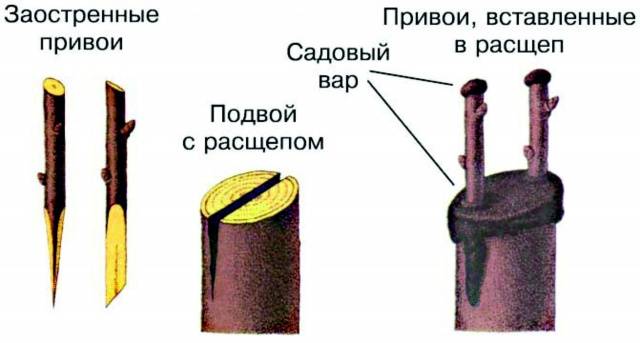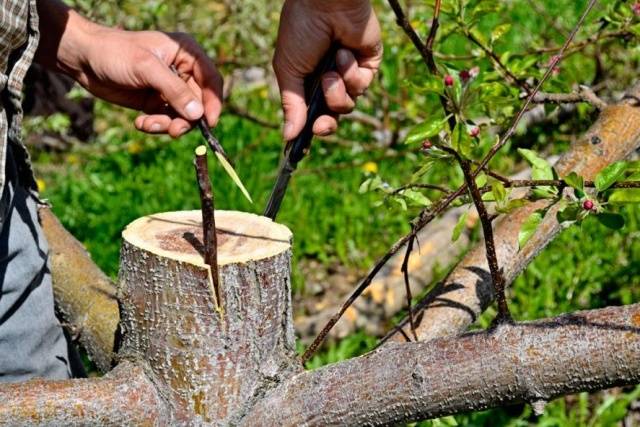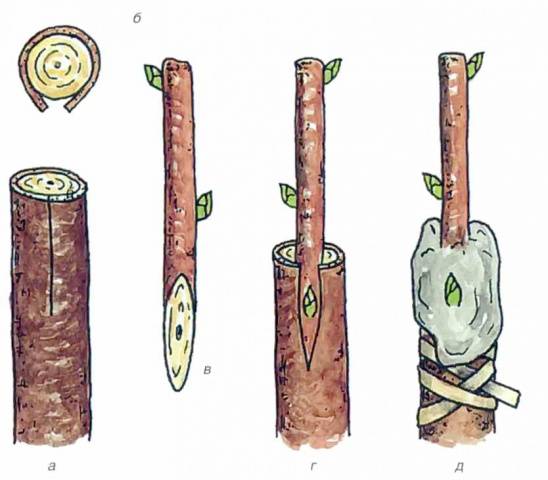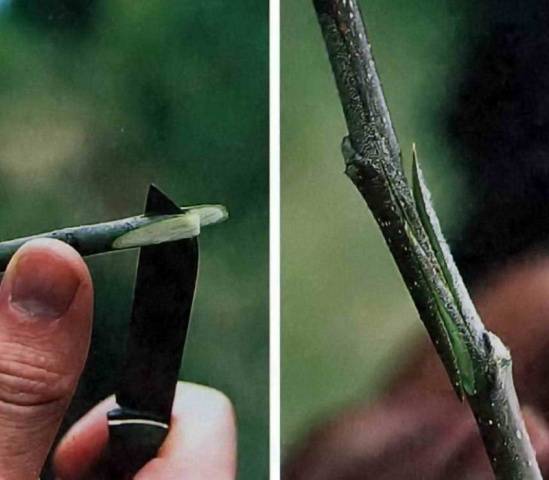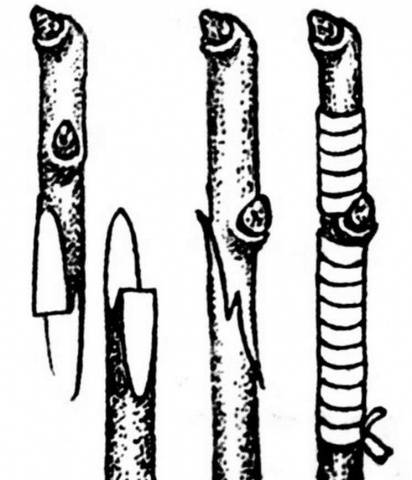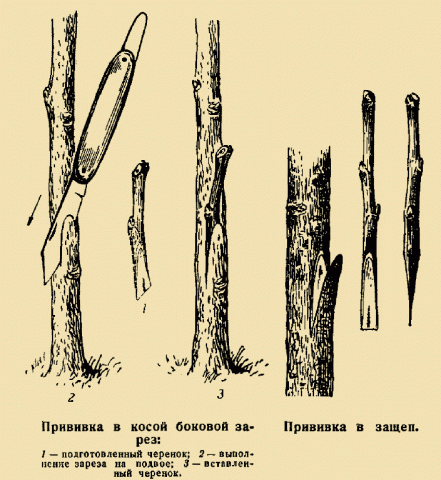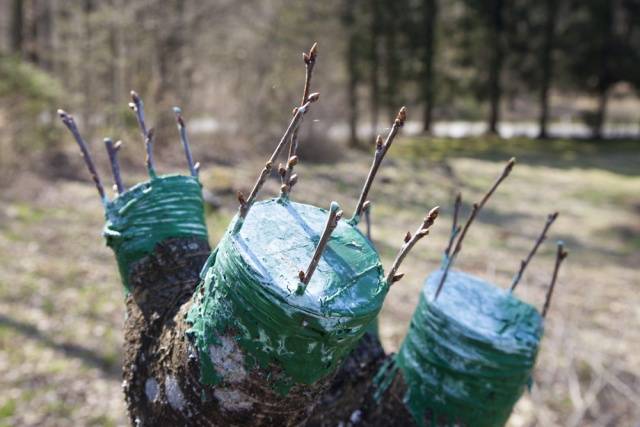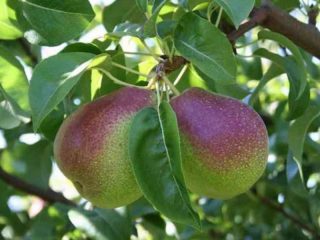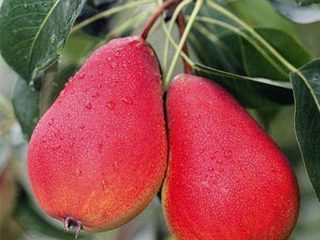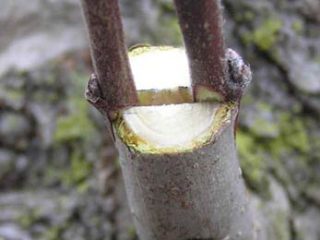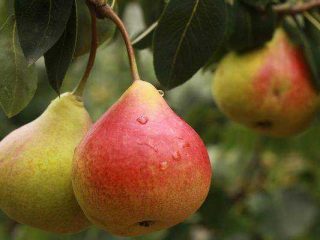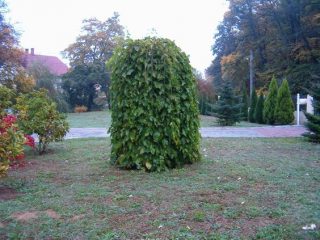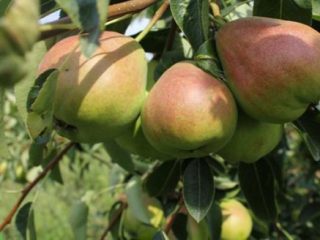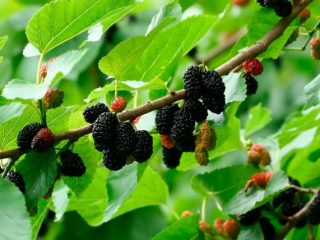Content
Grafting is one of the most common methods of propagating fruit trees and shrubs. This method has many advantages, the main one of which is significant savings: the gardener does not have to buy a full-fledged seedling, because even one bud can be enough for grafting. Grafting of fruit trees can be done in spring or summer, with the spring option being more preferable, as it provides a greater likelihood of graft engraftment. Not every gardener undertakes the propagation of fruit trees by buds or cuttings, but in practice it turns out that this is not so difficult: you just need to choose the appropriate grafting method.
About spring grafting of fruit trees will be described in detail in pictures and videos. This article will describe the features of the most popular fruit grafting methods, talk about the rules of this procedure, and provide specific recommendations for each tree.
The essence of the method and its advantages
For novice gardeners, grafting fruit trees may seem like an overwhelming task, but if everything is done correctly, the result will definitely please you. In horticulture, grafting is a method of propagating trees and shrubs by grafting part of one plant onto another.
A gardener can use almost any tree on his site as a rootstock - a new variety or another crop will be grafted onto it. The scion is the part of the plant that needs to be propagated. A peephole or cutting can be used as a scion, sometimes even a whole plant is taken.
There are about two hundred officially registered methods of grafting fruit trees and shrubs. Not only the methods of joining parts of two plants may differ, but also the timing of grafting, the quality of the rootstock and scion.
Propagating fruit trees by grafting is very popular not only in large gardens, but also in small summer cottages. This method has a number of advantages:
- To propagate a valuable variety, you do not need to buy a full-fledged seedling with roots - just take one bud or a small shoot;
- You don’t have to uproot the stumps of old trees or trees you don’t like - new varieties are grafted onto their roots or shoots;
- grafted crops begin to bear fruit several years earlier than those propagated by seedlings;
- in a small area of land, a gardener can obtain many different crops; for this, different types of fruit trees are grafted onto one rootstock;
- grafting improves frost resistance - a southern heat-loving plant is grafted onto the roots of a local variety;
- in large gardens, grafting significantly increases the yield of trees, replacing old or damaged shoots with young and fresh ones.
These advantages of grafting should be an incentive for a gardener who has never used this method. Besides in practice, it turns out that there is nothing complicated about vaccination - you just need to choose the appropriate method.
When can you vaccinate?
In principle, fruit trees can be grafted throughout the year. However Spring vaccination is considered more effective, because it is more natural and physiological. With the onset of warmth, sap flow begins in the trees, so the cambium of the scion and rootstock grow together well.
For the fusion of crops to be successful, the scion, on the contrary, must still “sleep”, that is, the buds on the cuttings should not swell and hatch. Therefore, cuttings for grafting are prepared in advance. For the spring procedure, they can be cut in the same season, but for summer grafting you should use last year's cuttings, which can be stored in the basement.
Spring preparation of cuttings should be carried out immediately before the grafting procedure itself. All cuts on the scion and rootstock should be made quickly, avoiding chapping and drying out the cambium.
Rules for successful grafting
In order for fruit grafting to be successful in the spring, you must follow some recommendations:
- use a special tool (gardening and copulating knives, pruning shears, electrical tape, garden pitch, saw, alcohol);
- choose a healthy tree without signs of disease, damage or frostbite as a rootstock;
- the age of the stone fruit rootstock should not exceed 10 years; for pome trees this is not so important, since they live longer;
- if several different crops or varieties are grafted onto one rootstock, it should be taken into account that their ripening periods must coincide;
- scion cuttings must also be absolutely healthy, have several large buds that have not yet awakened;
- tools, hands and cuts on the rootstock and scion must be clean; for this they are wiped with alcohol;
- sections of bark and cambium layers of grafted crops should match as much as possible;
- the entire procedure is performed very quickly so that light and air have minimal contact with the wood cuts.
Most popular methods
Methods for grafting fruit trees in spring may differ depending on the type of scion, weather conditions, and time of year. Each gardener chooses the most suitable option for specific conditions.
Into the cleft
In the past, this was the method most gardeners used, and it was called “clothespin.” It is advisable to use this option when the bark of the rootstock is too thick, or the tree itself is damaged by previous unsuccessful grafting. It is better to choose mature trees with a well-developed root system. And the thickness of the cuttings for the scion should be slightly larger than usual, the number of buds should be at least five.
In practice, the cleft grafting method looks like this:
- The rootstock is cut 10-12 cm above ground level.
- A cut is made in the trunk or shoot with a hatchet, into which you need to temporarily insert a wedge (for example, a screwdriver or a piece of wood).
- The lower part of the scion must be cut obliquely with a knife on both sides. The cutting height is approximately 4 cm.
- Now the scion is inserted into the crevice of the rootstock, the wedge is removed.
- The cuttings are held so tightly that often it is not even necessary to secure the grafting site with electrical tape. You just need to thoroughly fill the entire area with garden varnish.
For the bark
It is customary to graft mature fruit trees (from three to ten years old) in this way; you can use an overgrown scion of large diameter. The appropriate time for grafting is the middle of the sap flow process, when the bark is easily separated from the trunk.
The optimal diameter of the rootstock is from two to twenty centimeters. The scion is chosen with a thickness of about 0.7-1.5 cm. The method is performed like this:
- The rootstock trunk is cut at a height of 7-10 cm from the ground. If the grafting is carried out on a shoot, you need to make a cut 2-4 cm from the fork.
- The cut should be cleaned with a sharp, disinfected knife. You should not touch the cut area with your hands.
- Cut out a scion 10-15 cm long.
- The lower part of the scion is smoothly cut at a slight angle. Cut length – 3-4 cm.
- A cut of the bark, 4 cm long, is made on the side surface of the rootstock. The edges of the bark are slightly bent.
- The cutting is inserted into the “pocket” formed by the bark of the rootstock so that its edge protrudes slightly from above (by 1-2 mm).
- The exposed parts of the graft are covered with garden varnish, and then the area is wrapped with electrical tape.
Improved copulation
Copulation can be performed in several ways, there is copulation with a “saddle”, with a “tongue”, or simple. But it is the improved copulation of fruit trees that is considered the most effective. It is also the easiest to implement.
The timing of copulation is in the spring, until the sap flows in the tree and the buds swell. The diameters of the rootstock and scion for such grafting must coincide and be equal to 0.7-1.5 cm.
The vaccination method is implemented as follows:
- Two identical oblique cuts are made on the scion and rootstock, the knife is held at an angle of 25-30 degrees.
- In the middle of each cut you need to make a small incision (“tongue”) - about a centimeter in length.
- The scion and the rootstock must be connected so that their “tongues” interlock, and the layers of cambium (the thin green layer between the bark and wood) coincide.
- The grafting site must be wrapped with electrical tape so that the sticky layer is on the outside. A plastic bag is placed on top of the grafted cuttings.
In the end
The method of grafting fruit trees by cutting is rarely used in nurseries or industrial gardens, but it is popular with amateur gardeners. To implement this method, a rootstock of any thickness is suitable. Incision grafting ensures good and rapid fusion.The most effective way to rejuvenate trees is when gardeners replace the crown and fruit-bearing shoots.
The vaccination is performed as follows:
- A shallow oblique cut is made in the bark of the rootstock, tapering downward.
- A scion with two buds is taken.
- The lower edge of the scion is cut on both sides with an oblique cut. The result should be a sharp cut.
- The scion is wedged into the gap of the rootstock (into the cut), the graft is wrapped with electrical tape and putty with garden pitch.
Grafting of fruit trees can be carried out in the spring, summer or winter.
Optimal timing and methods
What is good for an apple tree may not be suitable for a cherry tree. That's why For each tree in the garden, there are recommended grafting times and the most suitable methods:
- apricots It is better to graft from the end of April to the beginning of May, using a split graft, behind the bark, in a bridge;
- apple tree can be grafted by budding in April-early May; March-April is more suitable for grafting by cuttings;
- before buds open pear grafted behind the bark, at the beginning of sap flow - in a bridge, from mid-April - in a split or in a side cut;
- for vaccination cherries you need to wait for the peak of sap flow, this tree can be grafted at the end of summer;
- in some regions plum grafted already at the end of February, using the split, butt and bark method;
- cherries grafted throughout the warm season; before grafting, the tree should be watered abundantly;
- peaches They begin to vaccinate in mid-March; after the procedure, the vaccination site is covered with polyethylene, which is replaced with paper in May.
If the vaccination did not work out the first time, do not despair - you need to experiment, using new methods.
Conclusion
How to graft trees in the garden must be decided by the gardener himself. All methods of grafting fruit trees are effective and can be completed successfully if the technology is followed and the right time is chosen.
